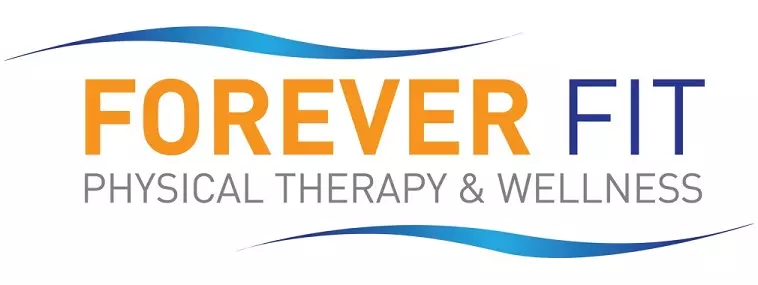“Make sure you’re breathing!” is a phrase that can be heard in almost every exercise video or workout class you can find, but does anyone really know exactly what that means and why it is so important to breathe correctly while you’re exercising?
Diaphragm vs chest chest muscles
Your diaphragm is a large dome shaped muscle that separates your stomach from your chest. It’s primary function is to help with breathing. When you breathe in, the diaphragm contracts and flattens out (your stomach looks like it fills with air). When you exhale, the diaphragm relaxes to push air out of your lungs. Many of us do not properly engage the diaphragm mostly due to poor postural habits. It is very important to breathe with your diaphragm when exercising because this will allow the most amount of oxygen to enter the body. Your muscles need as much oxygen as possible when exercising to give your muscles the ability to continue the activity and get the desired results. This will also help to avoid abdominal cramping while exercising.
Your chest muscles are your accessory breathing muscles because they are there to assist the diaphragm muscles when breathing but not take on the primary breathing role. It is very important to avoid relying on these muscles as primary breathers because it will not allow you to get the necessary oxygen to your muscles, especially when exercising. It can also lead to unnecessary increases in heart and blood pressure during exercise.
Oftentimes the type of exercise/activity that you are doing will determine the way in which you should breathe. Let’s explore this more.
Aerobic exercise vs Strength training
When performing an aerobic activity such as biking, walking, jogging or running, it is most important to develop a breathing rhythm. It’s also important to inhale through the nose and exhale through the mouth as if you are blowing out a birthday candle. An example of a breathing rhythming while running would be inhaling during 2-3 foot strikes then exhaling for the next 2-3 heel strikes. Whatever rhythm you choose, it’s important to maintain it to keep oxygenated blood flowing to your muscles and to help maintain your breathing rate so you don’t tire quickly. It’s also a great way to help you maintain your running pace.
The easiest way to look at breathing during strength training is to exhale at the hardest part of the exercise. This is usually when you are performing what’s called a concentric contraction of your muscles, or when you are tightening up your muscles. Then breath out during the eccentric contraction, or when you are moving back into a relaxed position of the muscles. Exhaling during the concentric portion of the exercise is great because it helps to generate a contraction of your core muscles and therefore stabilizes and prepares the body for movement. Once again, inhaling through the nose and exhaling through the mouth is best practice.
A few other tips to keep in mind to maintain correct breathing during exercise:
During cool down, focus on slower breathing, still inhaling through the nose and exhaling through the mouth. This helps with your muscle’s ability to recover. Exhaling can also help you to move further into the stretch positions.
When having trouble catching your breath during exercise, try your best to avoid sitting or laying down. Place your hands above your head and continue to inhale through the nose and exhale through the mouth.
If you are still having trouble figuring out the best way to breathe, Forever Fit Physical Therapy can help to train you in correct diaphragmatic breathing education and instruction in exercise that promote correct breathing techniques

